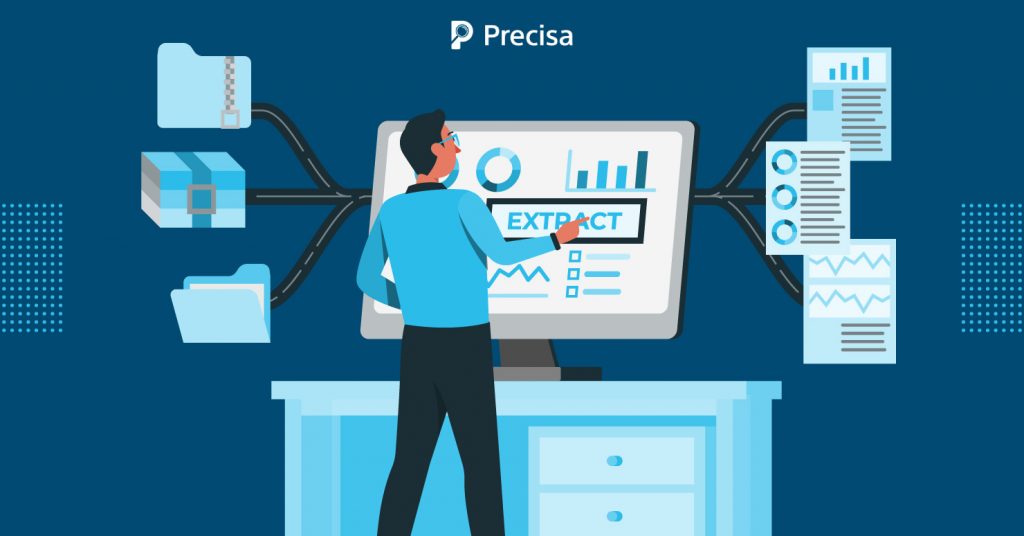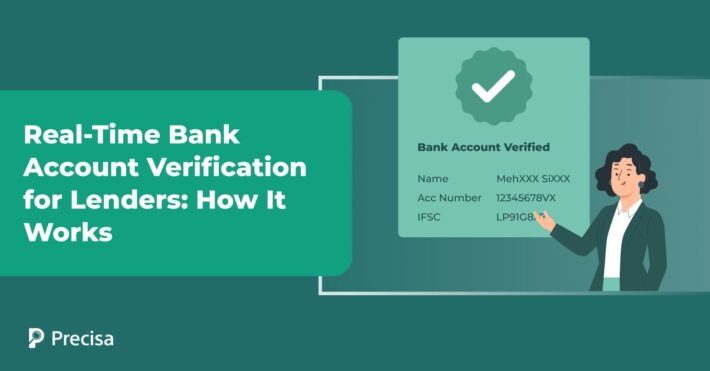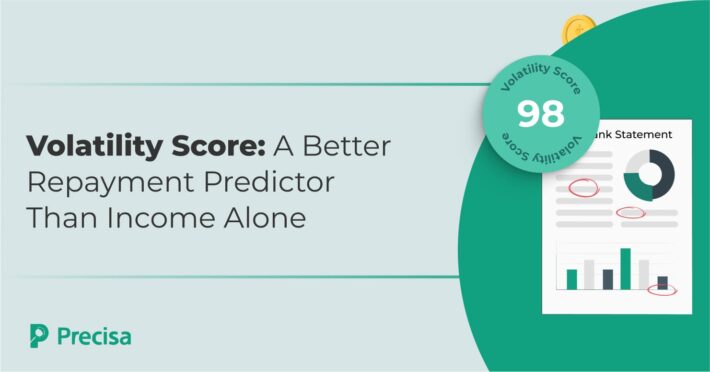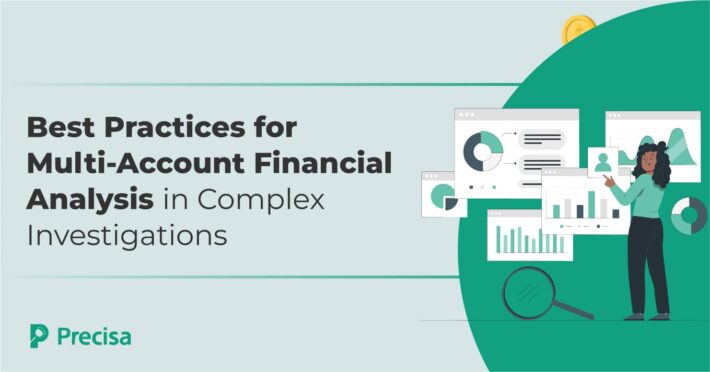Can Account Aggregators (AAs) Usher in a New Age Customer-First Lending

As per expert estimates, at least 2.5 quintillion bytes (that’s an astonishing 2.5 followed by 18 zeros) of data are generated in the world over every, single, day! And a study in 2018 revealed that about 90% of that data had been created in the previous two years alone. It was also predicted that the data collected would be 20 times more by 2021 and beyond. This data generation will rise with 80% of the interactions moving to a digital platform, according to a McKinsey survey published in 2020.
One of the most significant advantages of digital advancement is bringing together quintillions of data from diverse sources for customer-centric use. When applied to the financial domain, this data aggregation includes collecting, synthesising, and processing information from savings and current accounts, demat accounts, credit cards, loan accounts, etc. This also includes data from government accounts like in public provident funds. And consumer accounts data like e-commerce or data from mobile aggregators.
The data is brought together by entities called Account Aggregators (AA).
Currently, credit bureaus possess only a tiny portion of data related to our country’s 1.4 billion population. This makes the access to working capital a challenge for most common people, as per Nandan Nilekani, Chairman of Infosys.
Here, AAs aim to help consumers and businesses make financial services like loans more customer-centric and effortless.
What are Account Aggregators?
Account aggregators are RBI-regulated entities that collect financial data from Financial Information Providers (FIP) like banks and tax departments and give access to Financial Information Users (FIU) like investment firms with customer consent.
As many as 61% of the bank executives believe that a customer-centric model is “very important” in today’s digital age, as per a financial services report by PwC.
It must be noted that Aadhar eKYC only collects identity data like age, gender etc, while the credit bureau collects only lending side data like credit score and credit history. AAs collects the combined data, as well as transaction data or bank transactions history which makes it comprehensive.
Users are empowered as registering with an AA is voluntary. If the user’s bank is part of the AA network, the users can choose the accounts they want to share, for the time period they want to by giving ‘consent’. The users also have the right to revoke the consent later.
As of now, asset based data such as savings accounts, current accounts, and investment account details like insurance policies, mutual funds, etc., from eight enlisted banks are accessible. Gradually, data from other FIUs will be added.
The architecture of AA is designed not to see, sell, or store information but only collect and relay it. It is a financial dashboard of the user where data is saved while securely encrypted, and it remains protected and private. Moreover, the platform can hold it only for a specific time, after which it has to be deleted, adding to security, privacy and safety.
The aggregator enables the collection and submission of data in one place, thus making way for financial inclusion even for first-time users or those who do not have a credit history. That is why AA is destined to usher in a New Age lending that is customer-centric.
How Will Account Aggregators Enable New Age Customer-Centric Lending?
The AA architecture can be a new paradigm that offers customised credit solutions for individuals and MSMEs. It will empower them to assess their capability towards financial planning and wealth management in the long run.
The benefits of AA can enable customer centric lending owing to these value additions:
1. Ease of Use
It is easy even for a non-digital savvy user to access AA’s platform. They have to register with the account aggregators by downloading the app, creating a profile, and logging in. AAs provide a username that can be used for consent generation. Four apps are already available, and three more will be operational soon.
2. Faster Service
A financial institution can access the user’s data to fasttrack the loan application through AA. Additionally, the customer may get a loan without collateral since his overall financial health is visible to the creditor. This is because the information from government sources like GST is also available on the AA dashboard.
3. Safe and Secure
AAs do not have permission to “see” the data; they are like a courier service. They relay it to the financial institution with user consent. The data is encrypted by the sender and can only be decrypted by the receiver. The technology is similar to “digital signature” and makes it more secure than the physical sharing of documents.
4. User Consent
Even after allowing access to financial information, the users are the custodian of their data. AAs register and approve access to data providers and consent to what data is shared with whom and its frequency. The user knows about the security and usage of data, view and manage data requests all at one place, and thus gain access to financial products based on the data.
5. Lower Costs and Time Saver
Earlier, a user had to submit physical documents for verification and loan approval. Even with digitisation, they had to access multiple websites, download files, and send them to the concerned financial institution. But using an Account aggregator saves them from accessing multiple portals to collect information. It saves time.
Most AAs do not charge fees from users or charge minimal fees, rather, they charge fees from the financial institution. So, they are cost-effective for users.
6. Better Insights
Several documents need to be shared for loan approval. The cumbersome and manual process affects the time taken for loan processing. Similarly, managing finances is difficult as the data is stored across several locations and cannot be collated easily for analysis. On the other hand, the users get access to critical services like loans and financial management as everything is available in a single view with AA.
7. Access to New Products
A user can get credit approvals seamlessly based on the underlying government, financial, and socio-economic data with AA assistance. Users get innovative customer-centric products built on financial information blocks like bank accounts, insurance credit cards, and more.
On a Final Note
Account aggregators empower customers by enabling them to control the financial data otherwise present in silos.
AA allows financial data in one place with user consent. It helps build trust with the users as they know the purpose of data solicitation and create better customised financial products that fulfil user requirements.
Precisa, a new age bank statement analysis solution, is consumer-centric. In addition, it can be seamlessly integrated with Account Aggregators portal for credit and other financial product uses.
To know more, try the demo.



